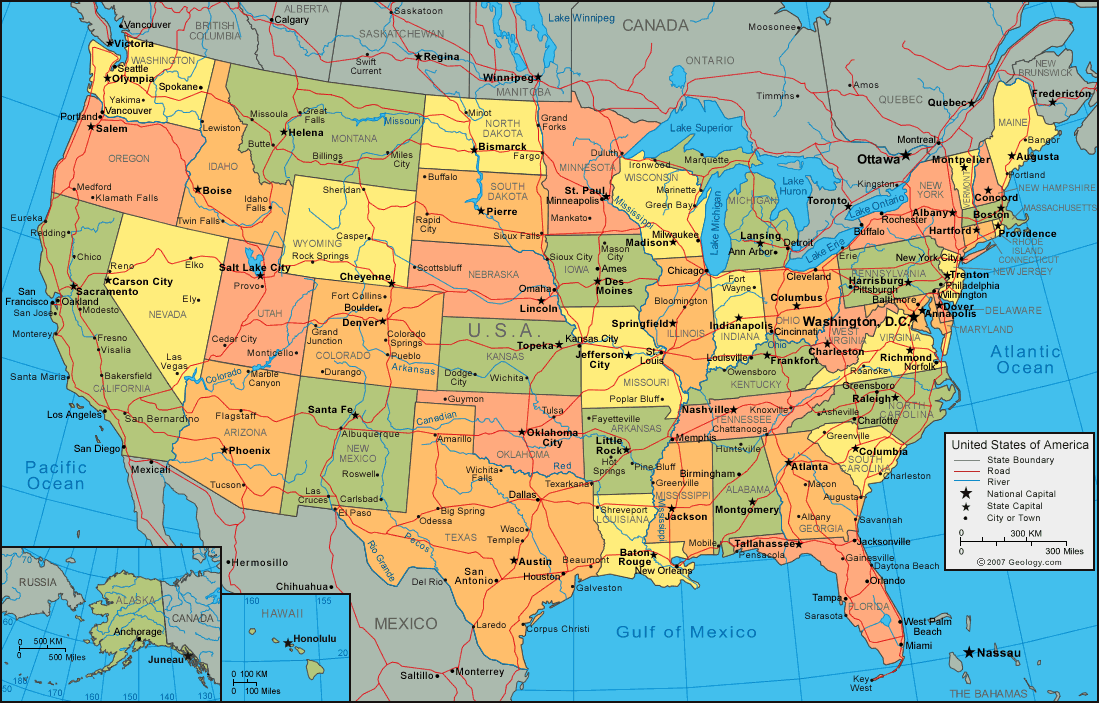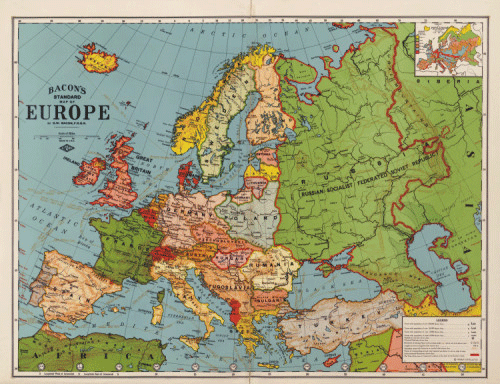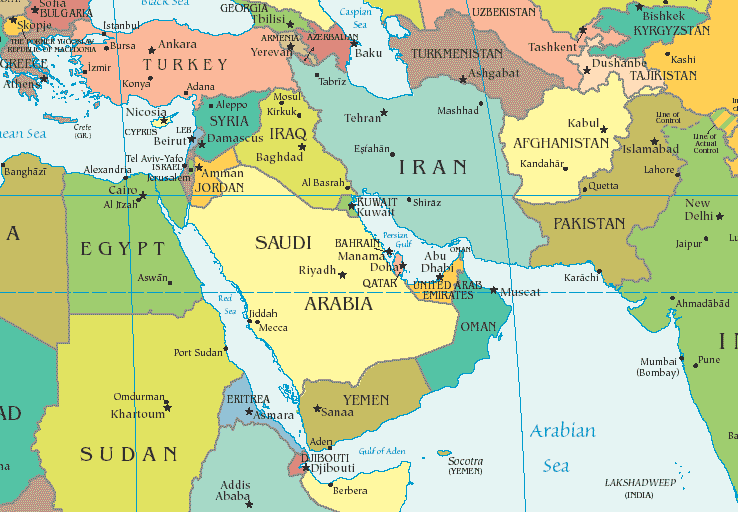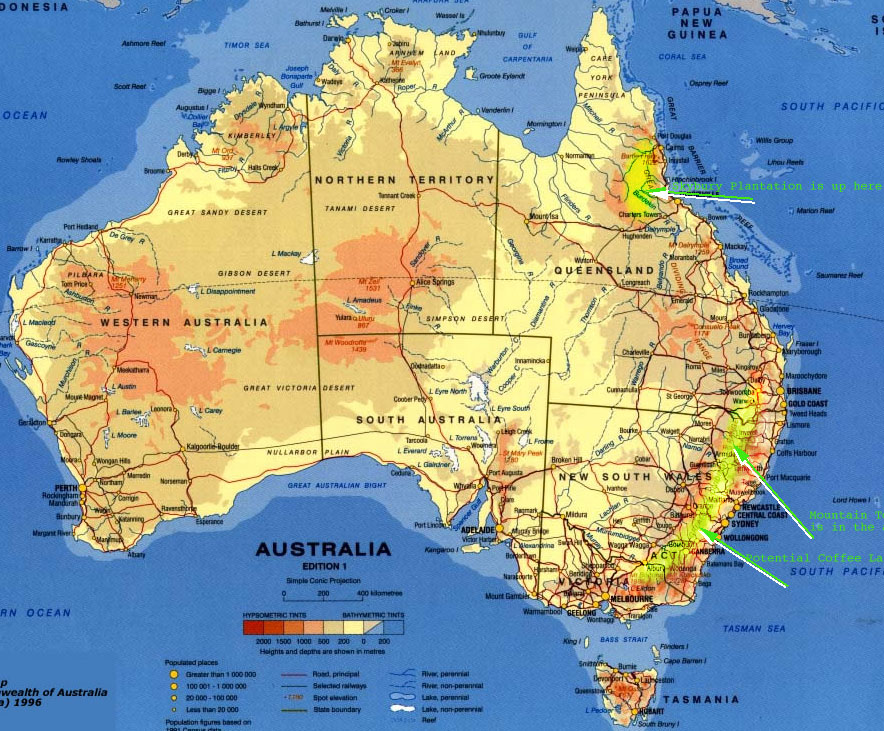


![]()


![]()

![]()
LECTURE 6: THE QUESTION OF FAILED STATES
A failed state is a state whose central government is so weak or ineffective that it has little practical control over much of its territory. The level of control required to avoid being considered a failed state varies considerably amongst authorities.[1] Furthermore, the declaration that a state has "failed" is generally controversial and, when made authoritatively, may carry significant geopolitical consequences.A state could be said to "succeed" if it maintains, in the words of Max Weber, a monopoly on the legitimate use of physical force within its borders. When this is broken (e.g., through the dominant presence of warlords, militias, or terrorism), the very existence of the state becomes dubious, and the state becomes a failed state. The difficulty of determining whether a government maintains "a monopoly on the legitimate use of force" (which includes the problems of the definition of "legitimate") means it is not clear precisely when a state can be said to have "failed." This problem of legitimacy can be solved by understanding what Weber intended by it. Weber clearly explains that only the state has the means of production necessary for physical violence (politics as vocation). This means that the state does not require legitimacy for achieving monopoly on the means of violence (de facto) but will need one if it needs to use it (de jure).
The term is also used in the sense of a state that has been rendered ineffective (i.e., has nominal military/police control over its territory only in the sense of having no armed opposition groups directly challenging state authority; in short, the "no news is good news" approach) and is not able to enforce its laws uniformly because of high crime rates, extreme political corruption, an extensive informal market, impenetrable bureaucracy, judicial ineffectiveness, military interference in politics, cultural situations in which traditional leaders wield more power than the state over a certain area but do not compete with the state, or a number of other factors.
Since 2005 the United States think-tank, the Fund for Peace and the magazine Foreign Policy, publishes an annual index called the Failed States Index. The list only assesses sovereign states (determined by membership in the United Nations.)[2] Several territories are excluded until their political status and UN membership is ratified in international law. For example: Taiwan, the Palestinian Territories, Northern Cyprus, Kosovo, and Western Sahara are not included in the list - even though some are recognized as sovereign states by some nations. Ranking is based on the total scores of the 12 indicators (see below.) For each indicator, the ratings are placed on a scale of 0 to 10, with 0 being the lowest intensity (most stable) and 10 being the highest intensity (least stable). The total score is the sum of the 12 indicators and is on a scale of 0-120.[2]
The index's ranks are based on twelve indicators of state vulnerability - four social, two economic and six political.[3] The indicators are not designed to forecast when states may experience violence or collapse. Instead, they are meant to measure a state's vulnerability to collapse or conflict. All countries in the red, orange, or yellow categories display some features that make parts of their societies and institutions vulnerable to failure. Some in the yellow zone may be failing at a faster rate than those in the more dangerous orange or red zones, and therefore could experience violence sooner. Conversely, some in the red zone, though critical, may exhibit some positive signs of recovery or be deteriorating slowly, giving them time to adopt mitigating strategies.[2]
1. Demographic pressures: including the pressures deriving from high population density relative to food supply and other life-sustaining resources. The pressure from a population's settlement patterns and physical settings, including border disputes, ownership or occupancy of land, access to transportation outlets, control of religious or historical sites, and proximity to environmental hazards.[4]
2. Massive movement of refugees and internally displaced peoples: forced uprooting of large communities as a result of random or targeted violence and/or repression, causing food shortages, disease, lack of clean water, land competition, and turmoil that can spiral into larger humanitarian and security problems, both within and between countries.[5]
3. Legacy of vengeance-seeking group grievance: based on recent or past injustices, which could date back centuries. Including atrocities committed with impunity against communal groups and/or specific groups singled out by state authorities, or by dominant groups, for persecution or repression. Institutionalized political exclusion. Public scapegoating of groups believed to have acquired wealth, status or power as evidenced in the emergence of "hate" radio, pamphleteering and stereotypical or nationalistic political rhetoric.[6]
4. Chronic and sustained human flight: both the "brain drain" of professionals, intellectuals and political dissidents and voluntary emigration of "the middle class." Growth of exile/expat communities are also used as part of this indicator.[7]
5. Uneven economic development along group lines: determined by group-based inequality, or perceived inequality, in education, jobs, and economic status. Also measured by group-based poverty levels, infant mortality rates, education levels.[8]
6. Sharp and/or severe economic decline: measured by a progressive economic decline of the society as a whole (using: per capita income, GNP, debt, child mortality rates, poverty levels, business failures.) A sudden drop in commodity prices, trade revenue, foreign investment or debt payments. Collapse or devaluation of the national currency and a growth of hidden economies, including the drug trade, smuggling, and capital flight. Failure of the state to pay salaries of government employees and armed forces or to meet other financial obligations to its citizens, such as pension payments.[9]
7. Criminalization and/or delegitimisation of the state: endemic corruption or profiteering by ruling elites and resistance to transparency, accountability and political representation. Includes any widespread loss of popular confidence in state institutions and processes.[10]
8. Progressive deterioration of public services: a disappearance of basic state functions that serve the people, including failure to protect citizens from terrorism and violence and to provide essential services, such as health, education, sanitation, public transportation. Also using the state apparatus for agencies that serve the ruling elites, such as the security forces, presidential staff, central bank, diplomatic service, customs and collection agencies.[11]
9. Widespread violation of human rights: an emergence of authoritarian, dictatorial or military rule in which constitutional and democratic institutions and processes are suspended or manipulated. Outbreaks of politically inspired (as opposed to criminal) violence against innocent civilians. A rising number of political prisoners or dissidents who are denied due process consistent with international norms and practices. Any widespread abuse of legal, political and social rights, including those of individuals, groups or cultural institutions (e.g., harassment of the press, politicization of the judiciary, internal use of military for political ends, public repression of political opponents, religious or cultural persecution.)[12]
10. Security apparatus as ‘state within a state’: an emergence of elite or praetorian guards that operate with impunity. Emergence of state-sponsored or state-supported private militias that terrorize political opponents, suspected "enemies," or civilians seen to be sympathetic to the opposition. An "army within an army" that serves the interests of the dominant military or political clique. Emergence of rival militias, guerilla forces or private armies in an armed struggle or protracted violent campaigns against state security forces.[13]
11. Rise of factionalised elites: a fragmentation of ruling elites and state institutions along group lines. Any use of nationalistic political rhetoric by ruling elites, often in terms of communal irredentism or of communal solidarity (e.g., "ethnic cleansing" or "defending the faith.")[14]
12. Intervention of other states or external factors: military or Para-military engagement in the internal affairs of the state at risk by outside armies, states, identity groups or entities that affect the internal balance of power or resolution of the conflict. Intervention by donors, especially if there is a tendency towards over-dependence on foreign aid or peacekeeping missions.[15]
177 states were included in the list, of which 35 were classified as "alert", 92 as "warning", 35 as "moderate", 15 as "sustainable". The worst 20 states are shown below. Change in rank from 2007 is shown in parentheses.[16]
READING FOR THE NEXT LECTURE



![]()


![]()

![]()